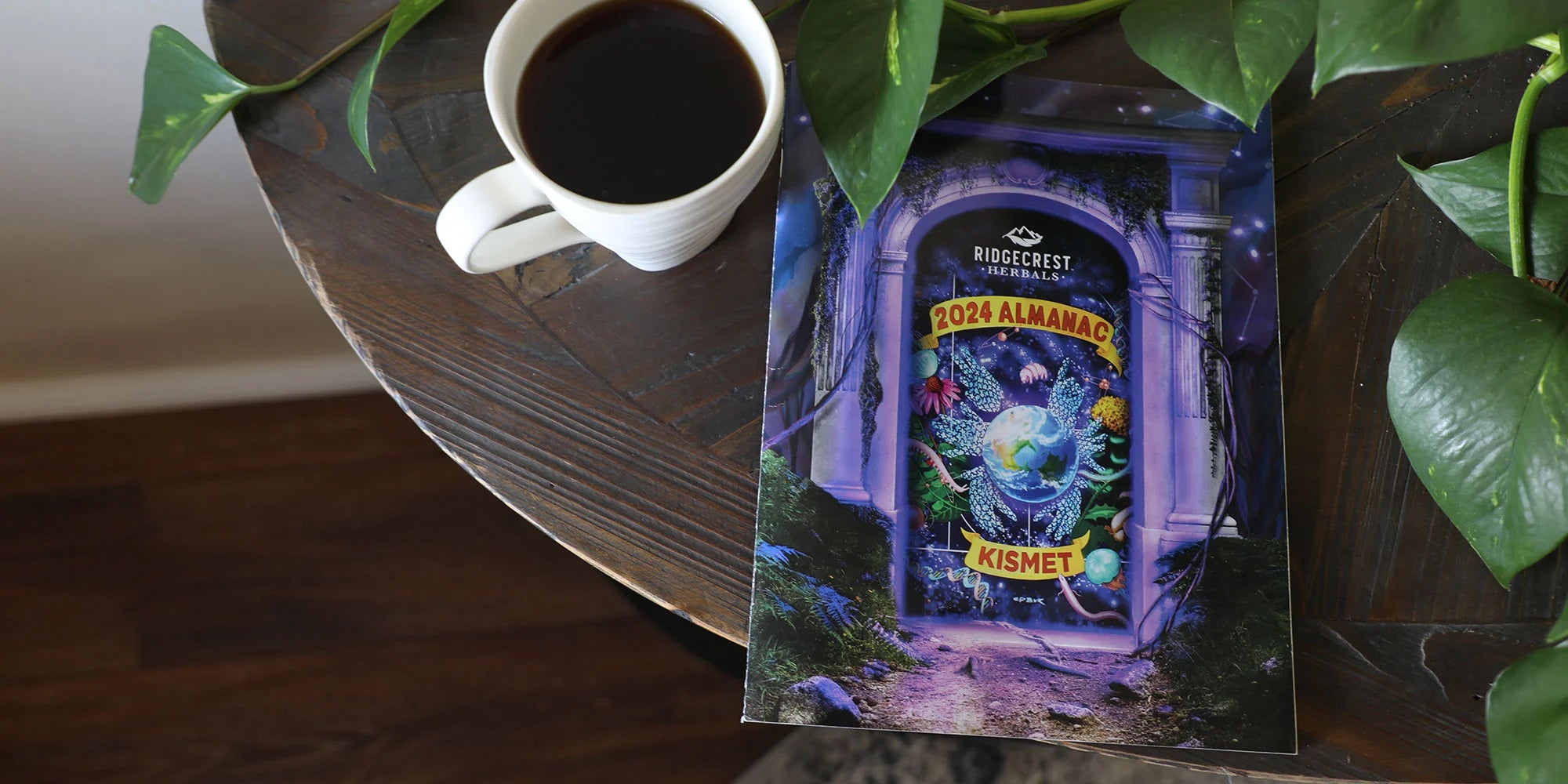Nature is beautiful—but it can also be deadly. Nature is full of threats that can generally be avoided if approached with care and judgment. With that in mind, here are some tips to help you enjoy nature safely. Note that most of these tips happen before you take the trail!
- Plan ahead. Pick activities that fit your physical condition, experience, and capabilities. Go with someone who knows the area and activity. Check weather forecasts and trail conditions in advance. Make and use checklists to prepare for your trip. Plan ahead if you’re going where the weather changes suddenly or bears are common. Know about fire, flash flood, swimming, or avalanche dangers or restrictions wherever you will be.
- Inform others. Let others know where you will be and when you will be back. There’s nothing like days or weeks gone by and the whole world for a search area to turn a search and rescue operation into a memorial service. If you’re going on a long trip, try to plan check-in points (where there is cell service) to let others know how it’s going. Keep your cell phone charged, powered off, and in a ziplock bag when not in use.
- Don’t go alone. If you get hurt, it’s always worse if you’re alone, so always travel with a buddy. Things go better if someone is with you, and you have options you don’t have alone. Let the slowest person in your group set the pace so you don’t get separated on the trail.
- Take it slow. Warm up and stretch, and take it easy. Don’t push yourself too hard, and make camp while there is still plenty of light. Always watch your step—most falls happen while looking elsewhere while walking. Plans may change, and that’s OK.
- Avoid common problems. People often have funny ideas about what is most likely to kill them outdoors. Here are the facts, based on National Park statistics:
- Drowning: Downing is by far the most common cause of outdoor deaths. Wear life jackets when near the water. Don’t swim without a buddy, don’t dive where you don’t know, and don’t take risks you don’t need. Heart attacks and other conditions are much worse when they happen in the water, and kids who can’t swim yet need constant supervision anywhere near water. A river, lake, or pool is a huge and constant temptation to any kid.
- Vehicles: Surprisingly, vehicle accidents are next. Whether driving tired or distracted to or from an outdoor adventure or using a snowmobile, ATV, motorcycle, sand rail, or other vehicles, any mishap can ruin or end your life or the lives of those you love. Gasoline and alcohol never mix. Ensure you are rested, alert, and can see where you and others are headed. Take it slow and be careful.
- Falls: Falling is the next most likely cause of death. Watch your step. Getting that great selfie or view isn’t worth risking your life. Rock climbing requires training and gear—don’t try it if you don’t have them. Don’t fool around on the trail—play stupid games, and win stupid prizes. Don’t bet your life that you can catch yourself or others. You can, until you don’t.
- Avalanche: Most people underestimate avalanche danger. A 30-degree slope is enough for an avalanche if conditions are right. Our nearby Utah canyons had over 1000 avalanches in the winter of 2022-23 alone; several people were killed by snow falling from a roof. Mountains carry avalanche risk well into summer, and few people carry avalanche gear or know how to use it. The best way to prevent avalanche risk is to avoid high-risk areas. This should be part of your preparation step.
- Exposure: Other than drowning and trauma, most outdoor deaths happen from exposure (heat or cold), often coupled with an injury or loss, which keeps you from getting to shelter or water. Heat or cold will kill you faster than either hunger or thirst, yet most people put food and water in a 72-hour kit before they put in a space blanket, tarp, or compass. Layered clothing can be added or removed, and a waterproof windbreaker can save the day even if it’s sunny when you go out.
If you get in a pinch, use your head. Stay in one place; be visible to searchers. Think about what you need to survive and how you can be more easily found. Use what you have with you—especially your head! If you’ve followed these ideas, your chances are good! I hope your next trip to our shared great outdoors is safe, fun, beautiful, and filled with incredible vistas and memories! See you out on the trails!



